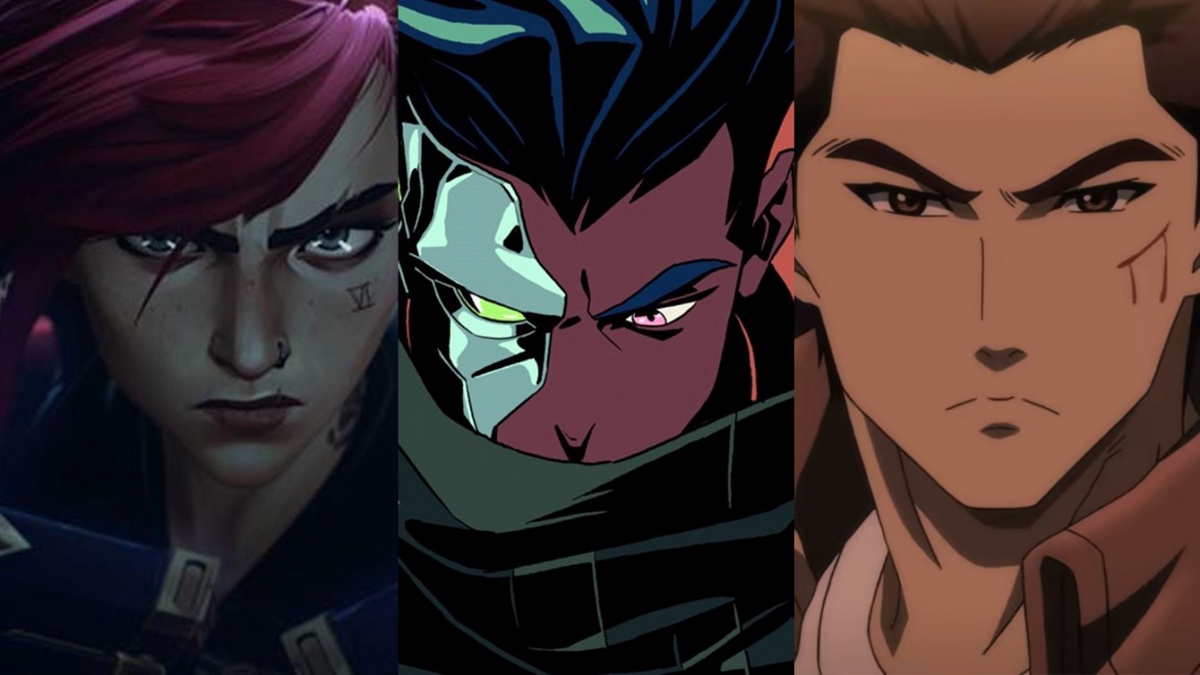Animated series have evolved into a popular and engaging form of entertainment, captivating audiences of all ages. From the initial sketches to the final animated masterpiece, the process behind creating these series is a meticulous journey that combines artistic talent, technical expertise, and creative storytelling. One such captivating animated series that has gained a devoted following is "Dead Cells." This article will explore the intricate steps involved in bringing an animated series like "Dead Cells" to life, showcasing the artistry and dedication behind it.
1. The Conceptualization Stage
1.1 Developing the Storyline
At the heart of every animated series lies a captivating storyline that engages viewers. This stage involves crafting a narrative that features compelling characters, conflicts, and overarching themes. Writers collaborate closely with the show's creators to develop a cohesive and engaging story arc that captures the audience's attention and keeps them hooked.
1.2 Character Design
Characters play a vital role in animated series, and their design is crucial for fostering audience connection. Skilled artists and character designers meticulously create visual representations of the story's protagonists, antagonists, and supporting cast. Each character's appearance, personality traits, and unique quirks are carefully crafted to enhance their role in the narrative and resonate with the viewers.
1.3 Worldbuilding
An immersive and imaginative world is a hallmark of a well-crafted animated series. Worldbuilding involves designing and conceptualizing the settings, landscapes, and environments that the characters inhabit. Attention is given to elements such as architecture, geography, and cultural references, which contribute to the authenticity and richness of the animated universe, making it feel believable and captivating.
1.4 Creating the Visual Style
The visual style of an animated series sets the tone and atmosphere, creating a distinct identity. It encompasses art direction, color schemes, and overall aesthetics. The visual style guides the artistic choices, ensuring a cohesive and visually appealing experience for the viewers. Whether it's a vibrant and colorful world or a dark and gritty atmosphere, the visual style brings the story to life, immersing the audience in its unique ambiance.
2. Pre-production
2.1 Storyboarding
Storyboarding is a crucial step in the pre-production phase, acting as a blueprint for the animated series. It involves creating a sequence of visual panels that represent key moments and shots in the story. Storyboards help the creative team visualize the flow of the narrative and plan the composition of each scene, ensuring a coherent storytelling structure.
2.2 Animatics and Timing
Animatics are rough animations that give life to the storyboards. They provide a glimpse into the pacing, timing, and movement of characters and objects within the animated world. Animatics allow the team to refine the storytelling and make necessary adjustments before proceeding to the animation stage, ensuring a smooth and compelling narrative flow.
2.3 Voice Acting and Dialogue
Voice acting brings the characters to life through captivating vocal performances. Talented actors lend their voices to the animated characters, capturing their personalities and emotions. Dialogue writing also plays a crucial role at this stage, shaping the interactions and conversations between the characters, enhancing their depth and adding layers to the storytelling.
2.4 Music and Sound Design
Music and sound design are essential elements that enhance the overall experience of an animated series. Composers create original scores that evoke emotions and complement the storytelling, setting the mood for each scene. Sound designers add immersive sound effects, ambient sounds, and Foley effects to create a realistic audio landscape that draws the viewers deeper into the animated world.
3. Production
3.1 Background Art
Background art sets the stage for the animated series, establishing the atmosphere, mood, and context of each scene. Skilled artists create detailed and visually captivating backgrounds that complement the characters and the story. Through their artistry, the backgrounds breathe life into the animated world, immersing the audience in its intricacies.
3.2 Animation
Animation is the heart and soul of an animated series, giving movement and expression to the characters and the story. Skilled animators meticulously craft each frame, capturing the nuances of expressions, gestures, and actions. Whether through traditional hand-drawn animation or computer-generated imagery (CGI), the animation process brings the characters to life, making them relatable and engaging.
3.3 Visual Effects
Visual effects add an extra layer of magic and excitement to animated series. They enhance the animation with particle effects, explosions, transformations, and other visually stunning elements. Visual effects artists utilize cutting-edge software and techniques to create seamless and captivating effects that enhance the storytelling and leave a lasting impression on the audience.
3.4 Color Design and Lighting
Color design and lighting contribute to the visual appeal and mood of an animated series. Artists carefully select color palettes that reflect the emotions and themes of each scene, enhancing its impact. Lighting effects are utilized to create depth, shadows, and highlights, adding realism and visual interest to the animation, elevating the overall quality of the series.
4. Post-production
4.1 Editing and Compositing
In the post-production stage, editors and compositors assemble the final sequences, fine-tuning the timing, transitions, and visual effects. They ensure a seamless flow of the narrative, optimizing the impact of each scene and maintaining the audience's engagement throughout the series.
4.2 Sound Mixing and Finalization
Sound mixing involves blending the voice acting, music, and sound effects to create a cohesive and balanced audio experience. The finalization process ensures that all elements of the animation, including visuals and audio, are synchronized and polished, delivering an immersive and enjoyable viewing experience.
4.3 Quality Assurance
Before an animated series reaches its audience, it undergoes rigorous quality assurance testing. Quality assurance teams review the animation for any technical issues, continuity errors, or inconsistencies, ensuring a smooth and seamless viewing experience for the audience. This stage guarantees the highest level of quality and attention to detail.
5. Conclusion
The journey from a simple sketch to a fully realized animated series is a testament to the artistry and technical expertise behind it. Each stage, from conceptualization and pre-production to production and post-production, plays a crucial role in bringing characters and stories to life. The dedication and talent of the creative teams result in captivating and memorable animated adventures that transport audiences to fantastical worlds and leave a lasting impression.


No comments yet